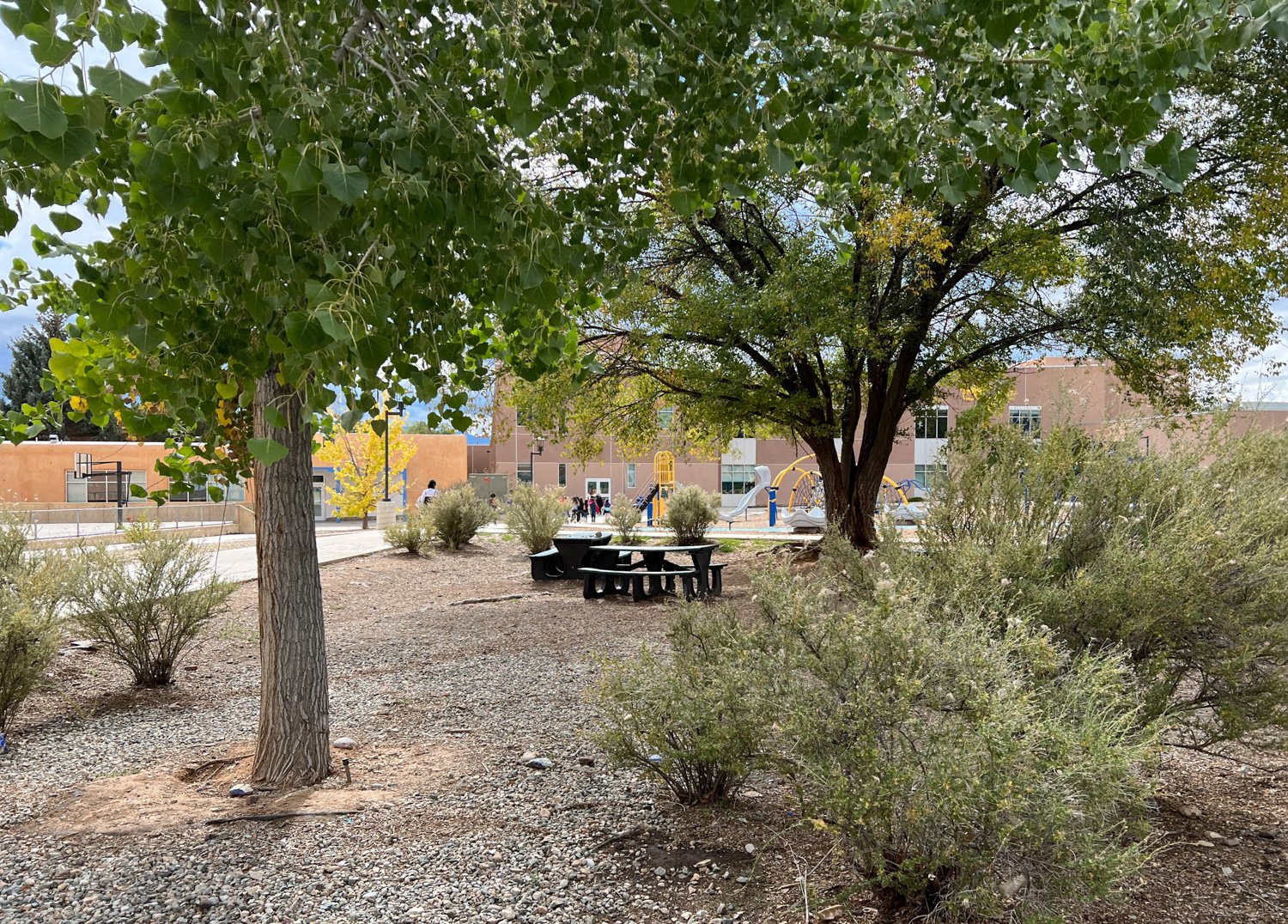How to Care for Schoolyard Forests
Introduction
Transforming an asphalt-covered schoolyard into a richly layered play and learning space is an exciting process and results in many benefits to students, teachers, and the entire school community. But after the design and construction, the work of caring for these dynamic spaces begins. This stage of the process—the ongoing and long-term care of a schoolyard forest or living schoolyard—can be a challenge for school communities. Many districts, especially those in more urban and under-resourced areas, lack the staffing, funds, knowledge, or support needed to sustain a schoolyard forest and living schoolyard. It is critically important to acknowledge these challenges and to help schools and districts address them in effective and enduring ways. To do this, however, a fundamental shift needs to take place in the way we view and approach the care and management of school grounds.
The resources below are intended for school communities, nonprofit partners, and district staff that are responsible for the day-to-day and year-to-year stewardship and management of outdoor spaces.
Part 1 highlights stewardship principles that underscore a needed shift in our relationship to the land at our nation’s schools. It also outlines best practices for the ongoing care of schoolyard forests and living schoolyards.
Part 2 shares tasks and tips for how to manage schoolyard forests and living schoolyards and other resources.
Schoolyard Forest System℠
The Schoolyard Forest System℠ Resource Library is a set of practical tools for schools and districts working to increase tree canopy on public school grounds to shade and protect PreK-12 students from extreme heat and rising temperatures due to climate change. Funding for the first phase of this initiative was provided by a grant administered by the California Department of Forestry and Fire Protection (CAL FIRE) Urban and Community Forestry Program, and private philanthropy.





